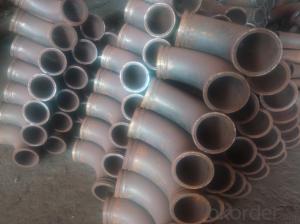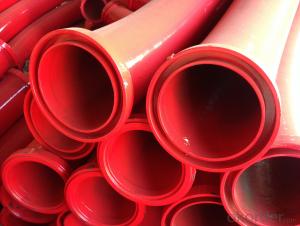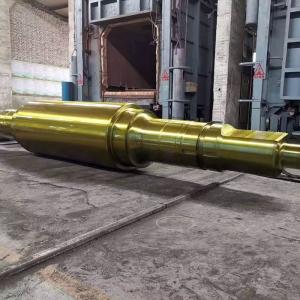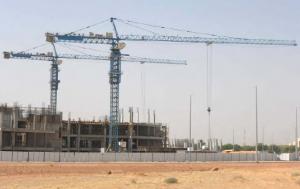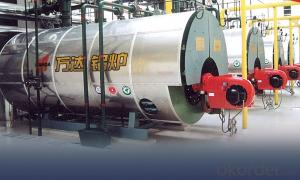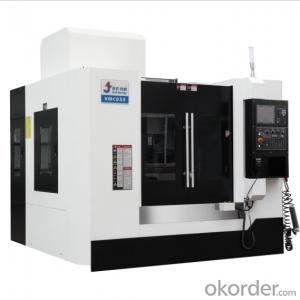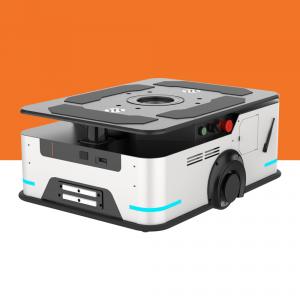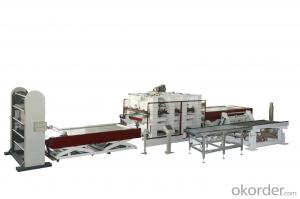Concrete Pump Truck Parts Bend ZX-HD DN125 R500 45DRG
- Loading Port:
- China main port
- Payment Terms:
- TT OR LC
- Min Order Qty:
- 100 pc
- Supply Capability:
- 10000 pc/month
OKorder Service Pledge
OKorder Financial Service
You Might Also Like
Product Description:
Widely used on concrete pump truck, concrete placing boom, trailer concrete pump etc, for concrete delivery bend connection.
Our concrete pump bends have been successfully exported to many countries from 1998, Our main markets as below: Middle East, Southeast Asia, America, Brazil, Italy, Russia, South Africa etc.
Main Product Features:
1. Mainly adopt carbon steel high wear resistant steel, and other material upon your request.High Chromium and manganese content, which enables a higher wear resisting ability and longer lifetime.
2. Hydraulic tester & artificial detection./ Uniform baking finish. Seaworthy packing or as customers’ request.
3. Possess quality certification of ISO 9001:2000. Can pass CE test.
4. We have been providing parts for nearly ten years, and cooperating with the agent of the world famous brand, possess near every kind of bend in the market.
5. OEM service available.
6. Fitting to PUTZMEISTER, SCHWING Sany, Zoomlion concrete pumps
Product Specifications:
Technical: Casting
Radius: 500mm
Degree: 45
Material: Mn13-4
Characteristics: According to our technology, the casting bends also has high working pressure and burst pressure.
Package: PP woven bag and plastic cap
FAQ:
Q1: How to confirm that your bends could be used in our pump?
A1: We have been providing parts for nearly ten years, and cooperating with the agent of the world famous brand, possess near every kind of bend in the market. What is more, we can produce as the customers’ request with drawing provided.
Q2: How do we guarantee the quality of our products?
A2: We have established an advanced quality management system which conducts strict quality tests at every step, from raw materials to the final product.
Q3: How soon can we receive the product after purchase?
A3: Within three days of placing an order, we will begin production. The specific shipping date is dependent upon international and government factors, but is typically 5-15 workdays.
Q4: If we can produce some Concrete Pump Truck Parts according to customers request?
A4: Yes, we can produce Concrete Pump Truck Parts according to the difference country situations to make it suitable to the market and customers. We have very professional technical team to make the design.
Q5: How to make a quick resolution for after service?
A5: OKorder and our manufacture both have overseas branches all-around of world, IF needed, the seller shall dispatch 2 engineers to the buyer's site for supervision of training. The buyer shall make available of necessary facilities & skilled personnel at site for training.
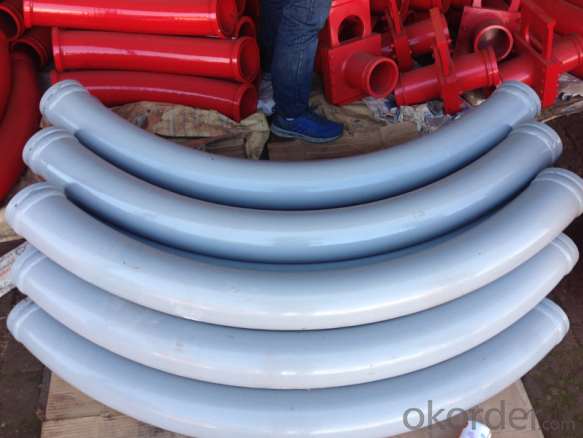
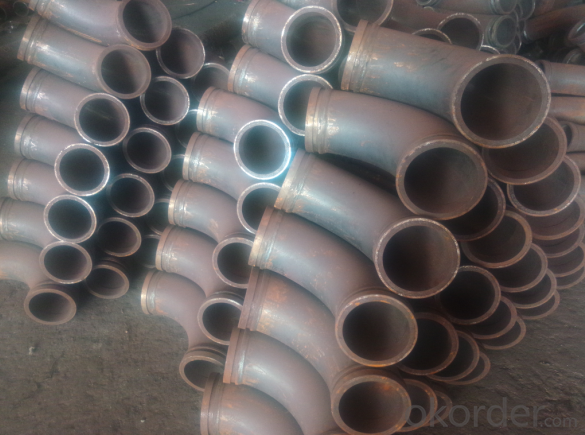

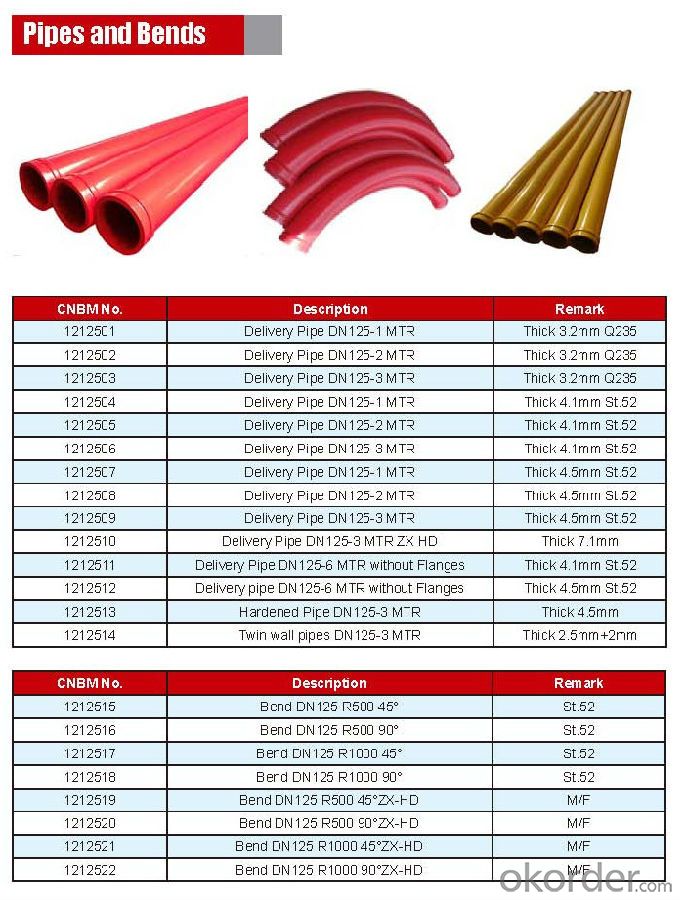

Other Products:

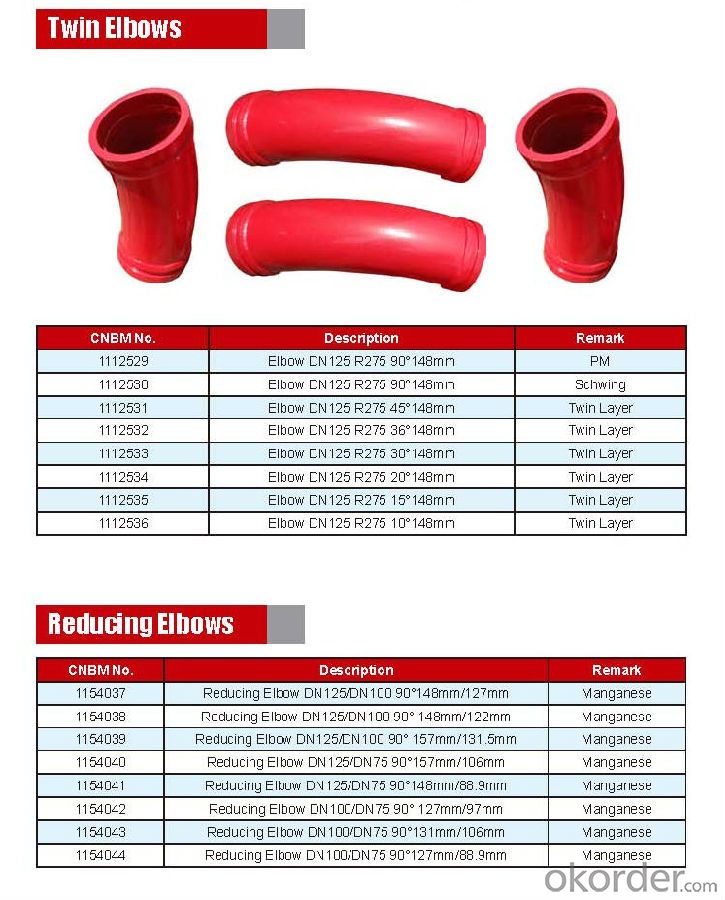

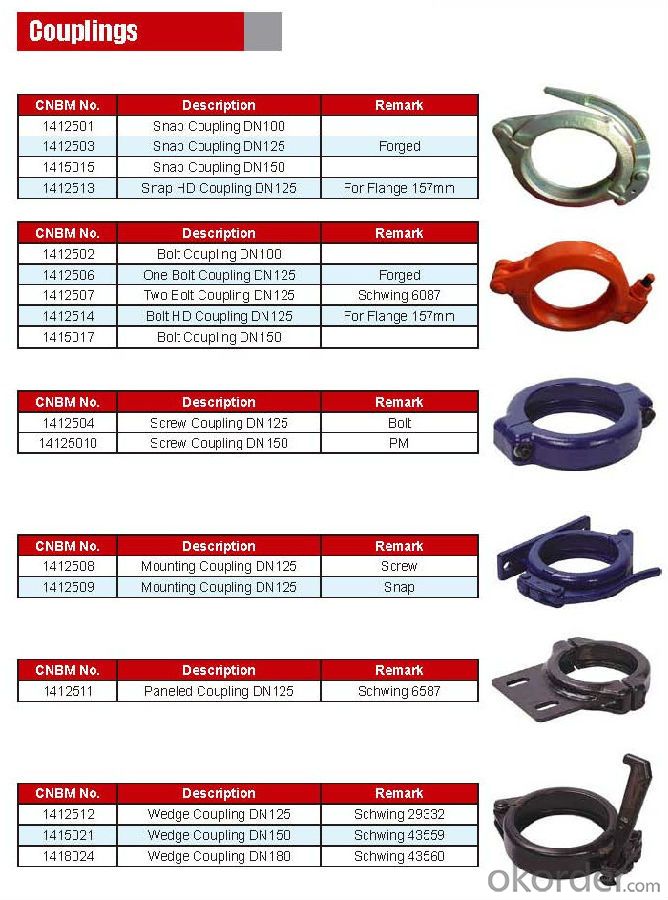
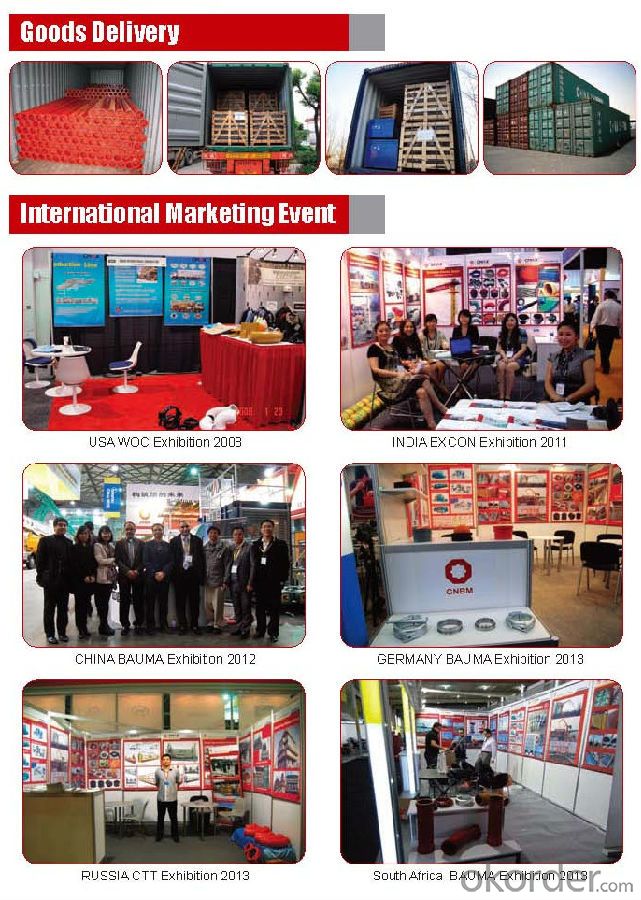
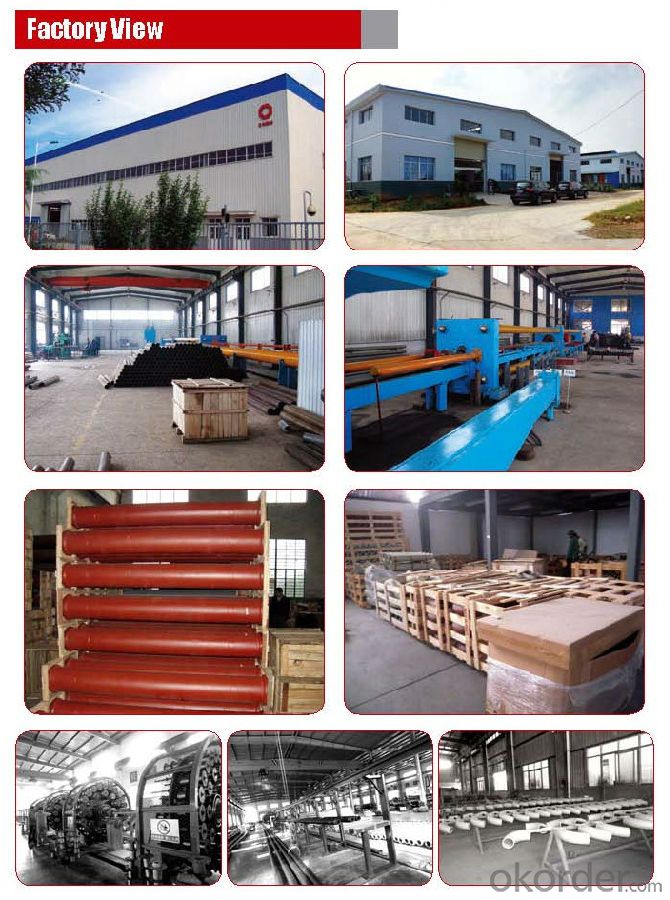
- Q:Why would the plugging concrete pump pipe
- When it is found that a bucket of concrete slump is very small, can not pump, should be in time the concrete from the bottom of the hopper release, if seeking trouble, forced pumping, easy to cause blockage. Avoid stirring with water in the hopper
- Q:What is the function of a concrete pump hydraulic motor?
- The function of a concrete pump hydraulic motor is to provide the necessary power and force required to operate the concrete pump. The hydraulic motor is responsible for converting hydraulic energy into mechanical energy, which allows the pump to work efficiently and effectively. It drives the pumping mechanism, allowing the concrete to be pumped through the pipeline and delivered to the desired location. The hydraulic motor also controls the speed and direction of the pump, enabling precise placement of the concrete. Overall, the concrete pump hydraulic motor plays a crucial role in ensuring the smooth operation and successful delivery of concrete in construction projects.
- Q:What are the signs of a damaged concrete pump accumulator?
- There exist multiple indications that point towards a damaged concrete pump accumulator. One of the most prevalent indications is a decline in the efficiency of pumping. Should you observe that the concrete pump is no longer able to effectively pump the concrete as it once did, it may be a sign of an impaired accumulator. Another indication is a reduction in the pressure of the pumped concrete. If you notice that the pressure is not as forceful as before, or if there are sudden pressure drops during pumping, it could signify an issue with the accumulator. Leaks surrounding the accumulator are also indicative of damage. Should you detect any fluid leaks around the accumulator, it may signify damage to the accumulator or worn-out seals. This can result in a loss of pressure and inefficiency in pumping. Unusual noises emanating from the concrete pump can also be an indication of a damaged accumulator. If you hear any peculiar noises, such as knocking or hissing sounds, it may be a consequence of a damaged accumulator. Lastly, if you observe any visible damage on the accumulator itself, such as cracks or dents, it is an obvious sign of damage. These damages can compromise the integrity of the accumulator and impact its performance. In summary, indications of a damaged concrete pump accumulator encompass decreased pumping efficiency, reduced pressure, leaks, unusual noises, and visible damages. Should you notice any of these indications, it is crucial to promptly address the issue to prevent further damage and ensure the smooth operation of the concrete pump.
- Q:Can a concrete pump wear plate be repaired or does it need to be replaced entirely?
- A concrete pump wear plate can be repaired in some cases, but it depends on the extent of the damage. If the wear plate has minor cracks or small areas of wear, it can often be repaired by welding or patching. However, if the damage is extensive or if the wear plate is severely worn out, it may need to be replaced entirely to ensure the optimal performance and safety of the concrete pump.
- Q:How often should concrete pump clamps be inspected and replaced?
- Concrete pump clamps should be inspected on a regular basis to ensure they are functioning properly and to identify any signs of wear or damage. The frequency of inspections will depend on various factors such as the frequency of use, the type of concrete being pumped, and the working conditions. In general, it is recommended to inspect concrete pump clamps at least once a month or after every 100 hours of operation, whichever comes first. This will help catch any potential issues early on and prevent them from escalating into major problems. Additionally, it is important to visually inspect the clamps before each use to check for any visible signs of damage or wear. This includes checking for cracks, deformations, or any loose or missing bolts. The lifespan of concrete pump clamps will vary depending on the quality of the clamps, the intensity of use, and the maintenance practices. However, as a general guideline, it is recommended to replace the clamps every 1-2 years or sooner if they show significant signs of wear or damage. Regular inspections and timely replacements of concrete pump clamps are vital to ensure the safety and efficiency of the pumping operations. It is always better to be proactive and address any potential issues promptly to prevent costly repairs or accidents.
- Q:How often should concrete pump pistons be inspected and replaced?
- Concrete pump pistons should be inspected and replaced regularly to ensure their optimal performance and prevent any potential malfunctions. The frequency of inspections and replacements will depend on various factors such as the type of concrete being pumped, the volume of concrete being pumped, and the operating conditions of the pump. As a general guideline, concrete pump pistons should be inspected and replaced every 500 to 1,000 hours of operation. However, this can vary depending on the specific pump manufacturer's recommendations, the quality of the concrete being pumped, and the maintenance and cleaning practices followed. Regular inspections should be conducted to check for any signs of wear, damage, or deterioration in the pistons. This includes examining the rubber seals, valve plates, and any other components that may affect the piston's performance. Any signs of cracks, tears, or excessive wear should prompt immediate replacement to prevent potential issues such as concrete leakage or loss of pressure. In addition to regular inspections, it is crucial to follow a preventive maintenance schedule that includes routine cleaning and lubrication of the pistons. This will help prolong their lifespan and ensure smooth operation. It is important to note that the specific recommendations for inspection and replacement intervals may vary between different pump manufacturers. Therefore, it is advisable to refer to the pump's operation and maintenance manual or consult with the manufacturer or a qualified technician to determine the ideal frequency for inspecting and replacing concrete pump pistons.
- Q:Are there any specific cleaning procedures for concrete pump spare parts?
- Yes, there are specific cleaning procedures for concrete pump spare parts. It is important to ensure that these parts are clean and free from any dirt or debris to maintain their efficiency and longevity. Here are some general guidelines to follow when cleaning concrete pump spare parts: 1. Safety First: Before starting the cleaning process, make sure to wear appropriate personal protective equipment (PPE) such as gloves and safety goggles to protect yourself from any potential hazards. 2. Disconnect Power: Before cleaning any electrical or mechanical parts, make sure to disconnect the power supply to avoid any accidents. 3. Remove Excess Dirt: Use a brush or a dry cloth to remove any loose dirt or debris from the surface of the spare parts. This will make the cleaning process more effective. 4. Use Appropriate Cleaning Solution: Depending on the type of spare parts and the level of dirt, choose an appropriate cleaning solution. Mild detergents or soapy water are generally safe to use. Avoid using harsh chemicals or solvents that may damage the parts. 5. Scrub and Rinse: Dip a clean cloth or sponge into the cleaning solution and gently scrub the spare parts to remove any stubborn dirt or stains. Rinse the parts thoroughly with clean water to remove any residue of the cleaning solution. 6. Dry Completely: After rinsing, make sure to dry the spare parts thoroughly using a clean cloth or by air-drying. Moisture can lead to rust or corrosion, so it is important to ensure complete drying. 7. Lubricate Moving Parts: If the spare parts have any moving components, such as bearings or gears, apply an appropriate lubricant to ensure smooth operation. This will help prevent wear and tear and extend the lifespan of the parts. 8. Regular Maintenance: To keep the concrete pump spare parts in optimal condition, it is recommended to perform regular cleaning and maintenance. Inspect them periodically for any signs of damage or wear and replace them if necessary. By following these specific cleaning procedures, you can effectively clean and maintain the concrete pump spare parts, ensuring their reliability and longevity.
- Q:Can I get spare parts for both piston and rotary concrete pumps?
- Certainly! Spare parts for both piston and rotary concrete pumps are readily available. Numerous manufacturers and suppliers offer an extensive selection of spare parts for these pump variants. These components encompass pistons, seals, valves, wear plates, hydraulic parts, and bearings, among others. To guarantee quality and compatibility with your specific pump model, it is essential to procure genuine spare parts from reputable suppliers. Moreover, it is advisable to establish a regular maintenance and inspection routine for your concrete pump. This will help identify worn-out parts promptly and replace them in a timely manner, thereby preventing any potential breakdowns or interruptions in your construction projects.
- Q:Are there any specific maintenance procedures for concrete pump spare parts?
- Yes, there are specific maintenance procedures for concrete pump spare parts. Regular maintenance is crucial to ensure the effective functioning and longevity of the equipment. Here are some key maintenance procedures for concrete pump spare parts: 1. Lubrication: Regularly lubricate all moving parts such as pistons, cylinders, and valves to minimize friction and wear. This helps to maintain smooth operation and prevent premature failure. 2. Cleaning: Clean the spare parts regularly to remove any debris, dirt, or concrete buildup. Accumulated material can hinder the performance and cause damage to the parts. Use appropriate cleaning agents and tools to ensure a thorough cleaning. 3. Inspection: Conduct routine inspections of all spare parts to identify any signs of wear, damage, or deterioration. Check for cracks, leaks, loose connections, or any abnormal functioning. Timely detection of issues allows for prompt repairs or replacements. 4. Replacement: Replace worn-out or damaged concrete pump spare parts as soon as necessary. Delaying replacements can lead to further damage and potentially expensive repairs. Follow the manufacturer's recommendations for the lifespan of specific parts and replace them accordingly. 5. Calibration: Ensure that all spare parts are correctly calibrated to maintain optimum performance. This includes adjusting pressure settings, flow rates, and other parameters according to the manufacturer's guidelines. Regular calibration helps to ensure accurate and efficient concrete pumping. 6. Storage: Properly store spare parts when not in use to prevent damage from environmental factors. Keep them in a clean and dry place, away from direct sunlight or extreme temperatures. Additionally, follow any specific storage instructions provided by the manufacturer. 7. Training: Train operators and maintenance personnel on the proper handling, maintenance, and repair of concrete pump spare parts. This will ensure that the procedures are followed correctly, minimizing the risk of damage and maximizing the lifespan of the equipment. By following these specific maintenance procedures, concrete pump spare parts can be kept in optimal condition, enhancing their performance, reliability, and longevity.
- Q:How often should concrete pump control boxes be inspected and replaced?
- Concrete pump control boxes should be inspected regularly to ensure proper functioning and safety. The frequency of inspections and replacements will depend on various factors including the usage of the concrete pump, the operating conditions, and the manufacturer's recommendations. In general, it is advisable to inspect the control box at least once a year or as per the manufacturer's guidelines. However, if the concrete pump is used extensively or subjected to harsh operating conditions, more frequent inspections may be necessary. This includes inspecting the electrical connections, switches, buttons, and indicators for any signs of wear, damage, or malfunction. Additionally, it is important to conduct inspections after any significant maintenance or repair work on the concrete pump, as well as after any incidents or accidents. Regular inspections help identify any potential issues early on, allowing for timely repairs or replacements, thereby minimizing the risk of breakdowns or accidents. As for replacements, control boxes should be replaced if they are damaged beyond repair or if they are outdated and no longer meet safety standards. It is important to consult the manufacturer or a qualified professional to determine the appropriate replacement schedule based on the specific conditions and usage of the concrete pump. Remember, regular inspections and timely replacements of concrete pump control boxes are crucial to ensure the safe and efficient operation of the equipment.
1. Manufacturer Overview |
|
|---|---|
| Location | |
| Year Established | |
| Annual Output Value | |
| Main Markets | |
| Company Certifications | |
2. Manufacturer Certificates |
|
|---|---|
| a) Certification Name | |
| Range | |
| Reference | |
| Validity Period | |
3. Manufacturer Capability |
|
|---|---|
| a)Trade Capacity | |
| Nearest Port | |
| Export Percentage | |
| No.of Employees in Trade Department | |
| Language Spoken: | |
| b)Factory Information | |
| Factory Size: | |
| No. of Production Lines | |
| Contract Manufacturing | |
| Product Price Range | |
Send your message to us
Concrete Pump Truck Parts Bend ZX-HD DN125 R500 45DRG
- Loading Port:
- China main port
- Payment Terms:
- TT OR LC
- Min Order Qty:
- 100 pc
- Supply Capability:
- 10000 pc/month
OKorder Service Pledge
OKorder Financial Service
Similar products
New products
Hot products
Related keywords
